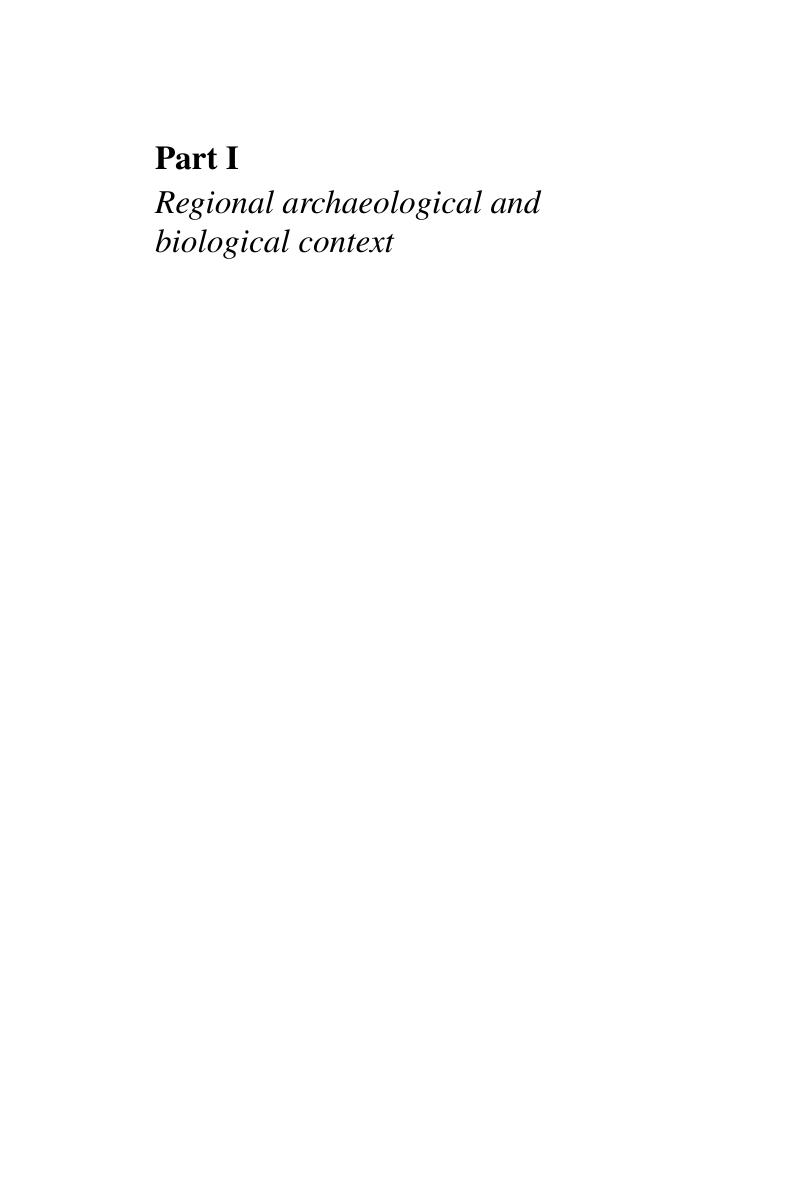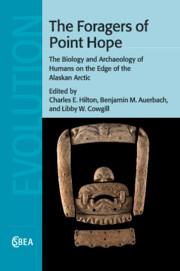Book contents
- The Foragers of Point Hope:
- Series page
- Dedication
- The Foragers of Point Hope
- Copyright page
- Contents
- Contributors
- Foreword
- Book part
- Preface
- Acknowledgements
- 1 Introduction: Humans on the edge of the Alaskan Arctic
- Part I Regional archaeological and biological context
- Part II Biological variation among the foragers of Point Hope
- Part III Contexts, conclusions, and commentaries
- Index
Part I - Regional archaeological and biological context
Published online by Cambridge University Press: 05 August 2014
- The Foragers of Point Hope:
- Series page
- Dedication
- The Foragers of Point Hope
- Copyright page
- Contents
- Contributors
- Foreword
- Book part
- Preface
- Acknowledgements
- 1 Introduction: Humans on the edge of the Alaskan Arctic
- Part I Regional archaeological and biological context
- Part II Biological variation among the foragers of Point Hope
- Part III Contexts, conclusions, and commentaries
- Index
Summary

- Type
- Chapter
- Information
- The Foragers of Point HopeThe Biology and Archaeology of Humans on the Edge of the Alaskan Arctic, pp. 9 - 96Publisher: Cambridge University PressPrint publication year: 2014



